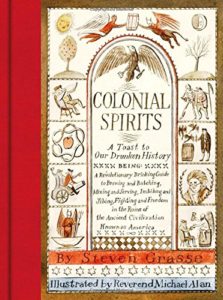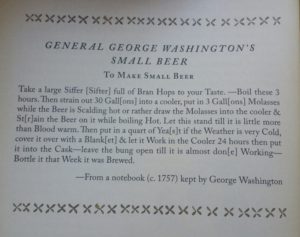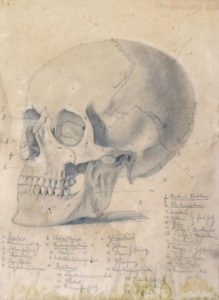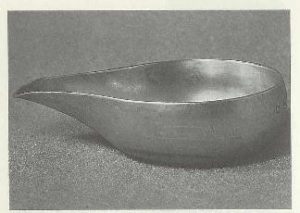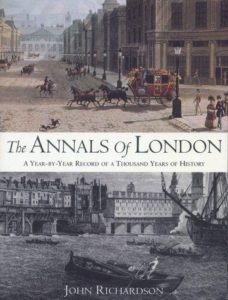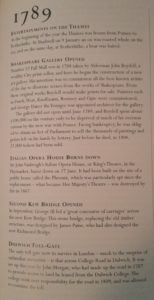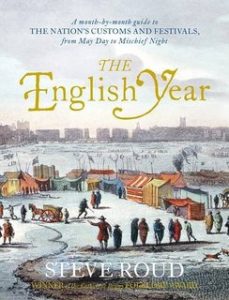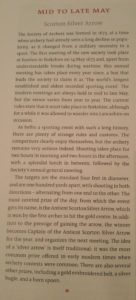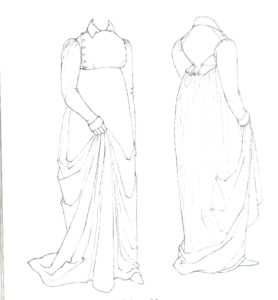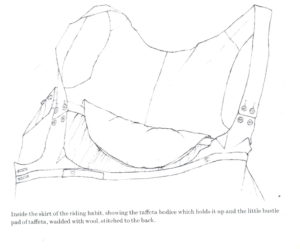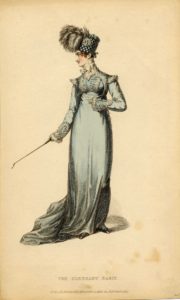One of the questions I get a lot when giving clothing workshops is “How did people store their clothes”? The answers are obviously very different across the classes, but in general my audience wants to know about the gentry and nobility.
Let’s start with closets. Yes, closets existed. Both in the modern sense of a large cupboard in which you store things and in the more historical sense of “a smaller room off a main living space, where you also stored things”. You see modern-type built in closets in many period homes, though they’re often hidden. They usually flank fireplaces, doorways, or built-in nooks for beds. The period idea of a closet was part of a suite of rooms that made up a person’s private chambers. There would be a bedroom, a study or boudoir, and often a closet or dressing room. This all varied widely so there’s no hard and fast rule as to what set-up your characters might have (and don’t forget to take in the era in which the house was built).
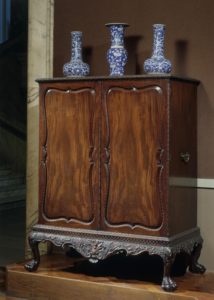
Mahogany clothes press, c. 1730-1760. Interior contains both drawers and shelves. Victoria and Albert Museum.
Regardless of what rooms your house has, the clothing storage will be of three types: chests (the classic flip-top large box), chest of drawers (just like today) and the clothes press/wardrobe (not like the big one that leads to Narnia). Clothes presses are most similar to what Americans now call “high boys” (which are a form of raised clothes press).
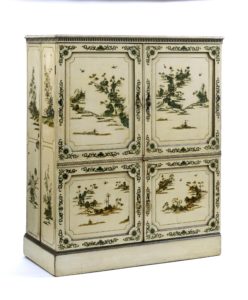
Clothes Press, c.1775-1778, Chippendale. Interior contains both shelves and drawers. Victoria and Albert Museum.
Clothes presses have drawers at the bottom and then an open space with pull-out shelves at the top behind doors. Later on (late 19thC) you get the kind with half the space given over to hanging garments and half to shelves). So your clothing would be carefully folded and organized among these various options, but in general it would not be hung as it often is today (I’ve heard their might have been pegs or a line for awkward items like false rumps, hoops, etc., but I’ve never seen this in practice outside of satirical drawings of how the poor lived).
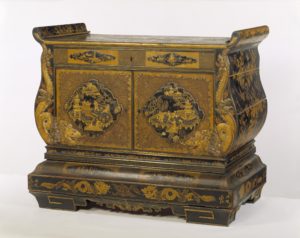
Japaned Clothes Press, c. 1815, Crace (likely made for Brighton Pavilion). Victorian and Albert Museum.
It’s also likely that clothes were cycled, so you didn’t have everything in your room at once, just the things you needed for the season you were in. Clothing for other seasons would be packed away and stored in the attics (hence the treasure troves occasionally unearthed ). At the end of each season, you would decide what was worth packing away for use the next year and what you would get rid of (this retired clothing was generally a perq of the lady’s maid, who could refashion it for her own use or sell it).
For more insight into period homes, I highly recommend Georgian & Regency Houses Explained by Trevor Yorke.


